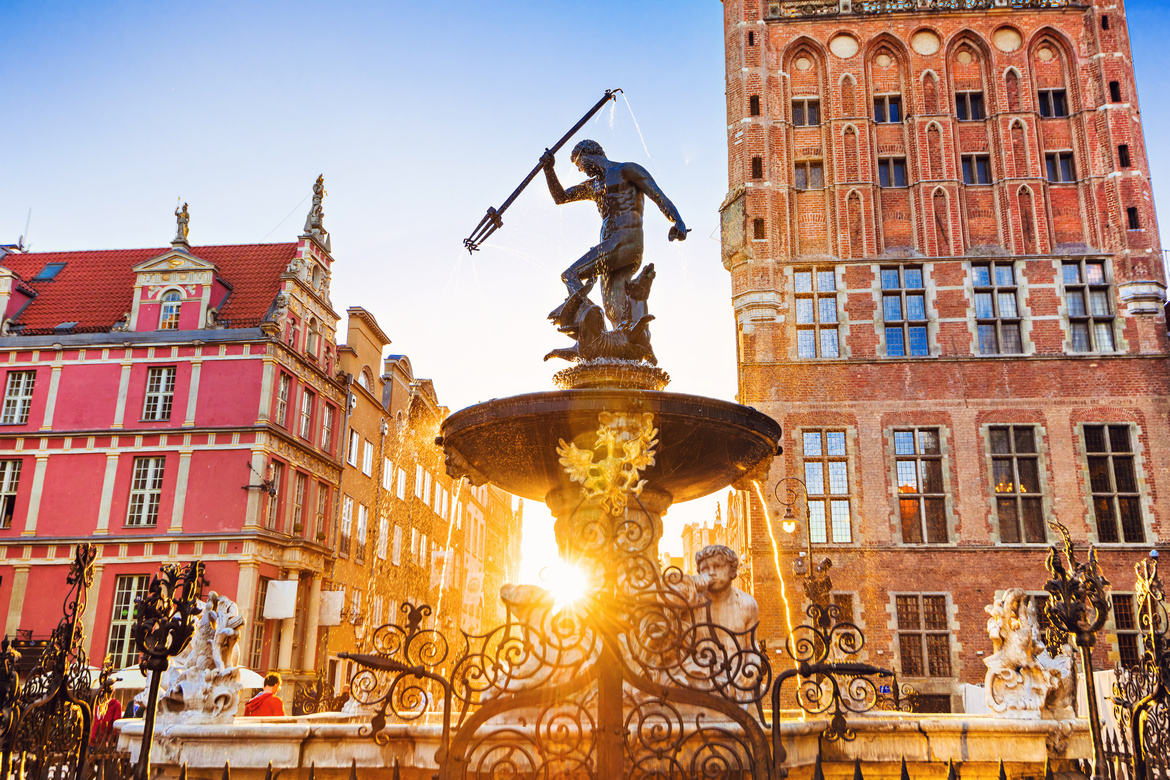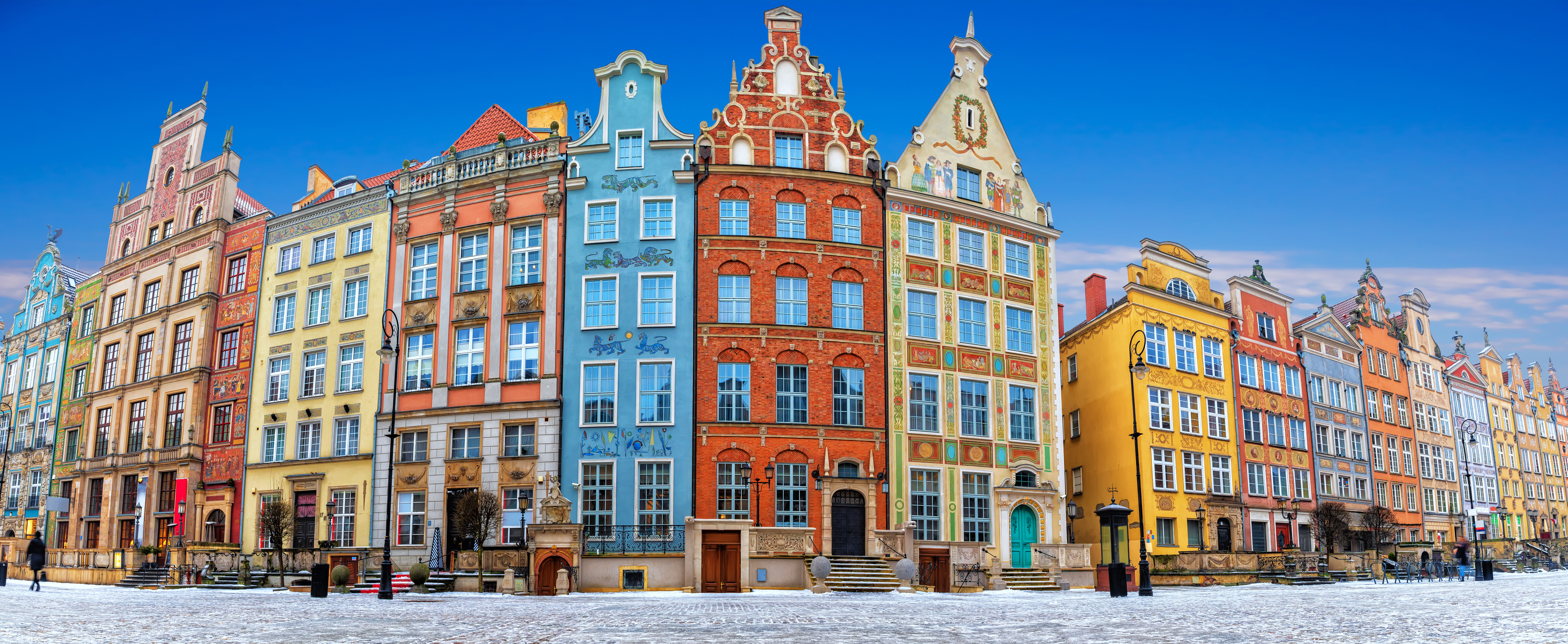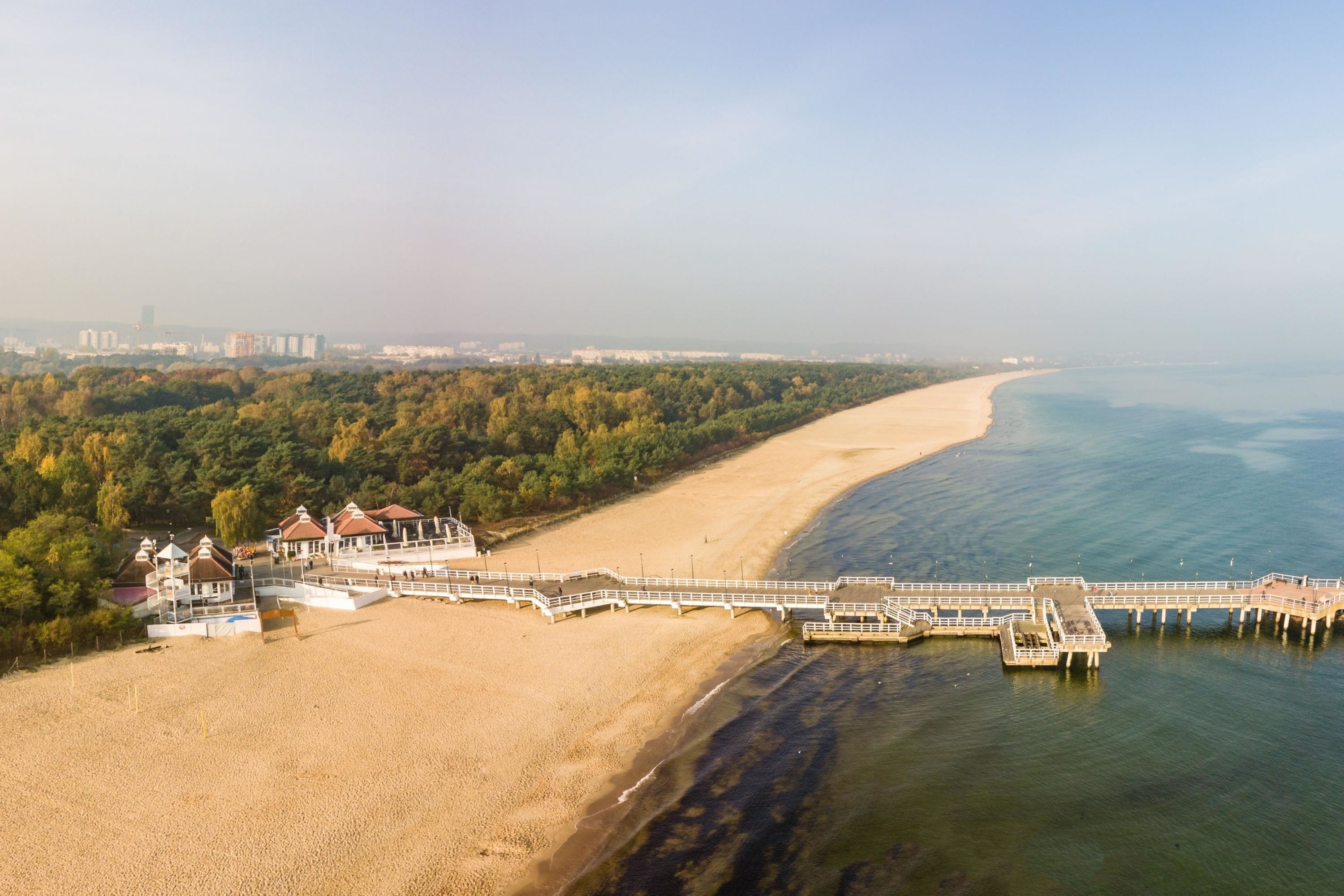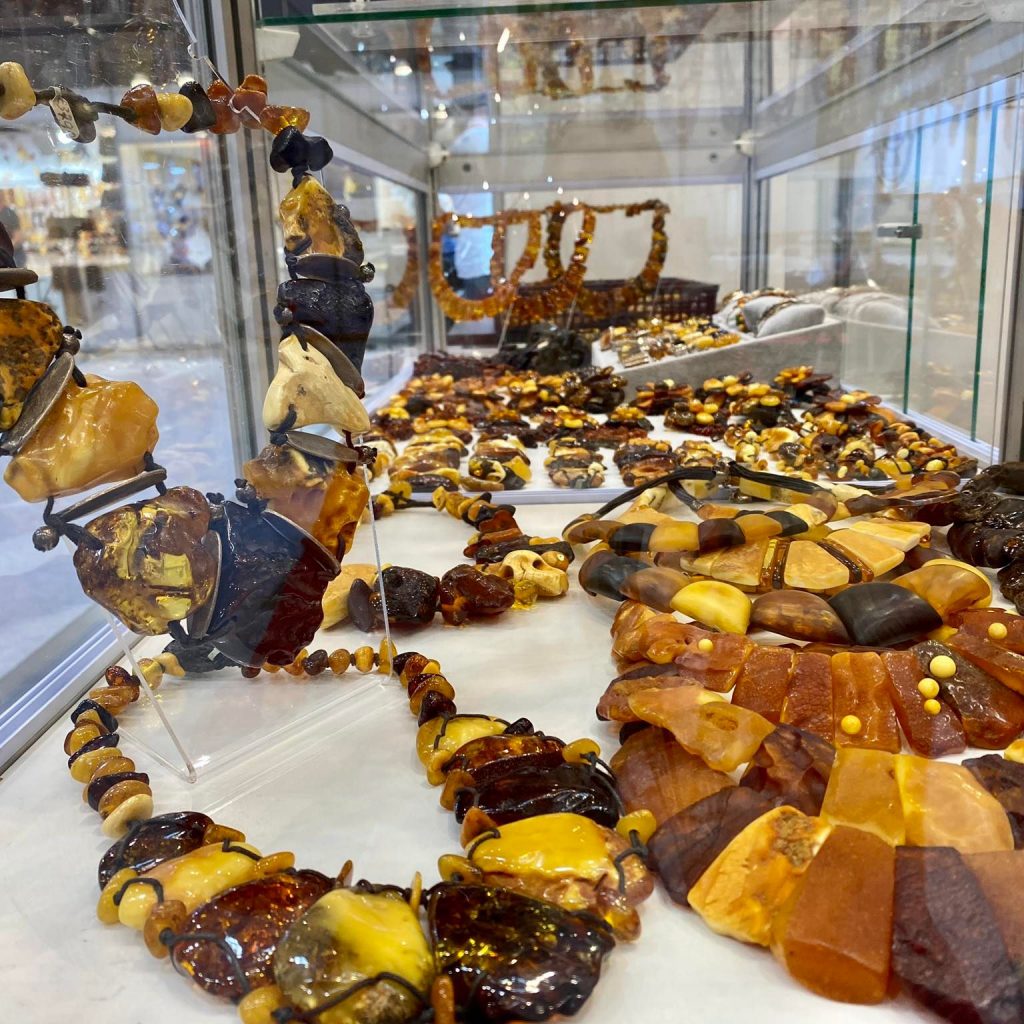Discover the Charm of Gdańsk – A Coastal Treasure

Introduction: A Baltic Gem Waiting to Be Discovered
Gdańsk is not your typical Polish city. Located on the northern Baltic coast, it feels like a blend of Dutch canals, Hanseatic tradition, and Polish resilience. With its colorful Old Town, rich maritime history, and access to golden beaches, Gdańsk is one of Poland’s most unique and underrated destinations.
Whether you’re drawn to medieval architecture, amber markets, or WWII history, Gdańsk offers something for every traveler. In this article, we’ll uncover the best of what this vibrant city has to offer and why it should be on your 2025 travel list. From art to activism, and from golden beaches to golden liquor, Gdańsk never fails to captivate.
A Stroll Through the Colorful Old Town

Gdańsk’s Main Town (Główne Miasto) is a visual feast. Reconstructed after WWII with extraordinary care, it boasts a mix of Gothic, Renaissance, and Baroque styles. The heart of it is Dluga Street (Ulica Długa) and Long Market (Długi Targ), lined with historic tenement houses in pastel hues.
Here’s what not to miss:
- Neptune’s Fountain – a symbol of the city’s maritime power
- Artus Court (Dwór Artusa) – once a meeting place for merchants and nobles
- Main Town Hall – climb the tower for panoramic views
- Golden Gate and Green Gate – architectural marvels that bookend the historic core
The area is pedestrian-friendly and perfect for wandering at your own pace, especially during sunset when the buildings glow in amber tones. You’ll find plenty of cafes, amber shops, and buskers adding charm to the already enchanting streets.
A City Built on Trade and Water

Gdańsk’s location on the Motława River and near the Baltic Sea made it one of the most powerful ports in medieval Europe. The city was a key member of the Hanseatic League and a vital link in the amber trade. Today, it continues to be one of Poland’s busiest seaports, blending the old with the new.
Highlights of Gdańsk’s maritime legacy:
- The Crane (Zuraw) – a massive wooden port crane from the 15th century
- Old Granaries – now museums and hotels, these structures once stored grain for export
- Gdańsk Shipyard – birthplace of the Solidarity movement, which helped end communism in Poland
Water is everywhere in Gdańsk — you can take a cruise down the river, rent a kayak, or simply enjoy the view from one of many waterfront cafés. River tours offer both sightseeing and a glimpse into the city’s commercial roots. The presence of modern yachts next to centuries-old buildings creates an atmosphere you won’t soon forget.
The Legacy of Solidarity
Few cities in Europe carry such a deep political legacy. Gdańsk was the epicenter of the Solidarity (Solidarność) movement, a peaceful revolution led by shipyard workers that eventually dismantled the Communist regime. The events that began here had a ripple effect across Eastern Europe.
To understand this legacy, visit:

- European Solidarity Centre – a modern, award-winning museum and cultural center
- Monument to the Fallen Shipyard Workers of 1970
- Historic Gdańsk Shipyards – explore the area where Lech Wałęsa began his activism
This chapter of history adds powerful depth to your visit and shows the city’s resilience and global importance. Exhibits include multimedia, personal testimonies, and original documents. Even if you’re not a history buff, the museum is deeply moving and thought-provoking.
Golden Beaches and Baltic Breezes
Yes, Gdańsk is a beach city too! Just a short tram or bike ride away lies the charming district of Brzeźno, home to:

- A wide sandy beach perfect for sunbathing
- A scenic wooden pier
- Bike paths and running trails along the coast
Other nearby seaside gems include:
- Sopot – a lively resort town with Europe’s longest wooden pier and beach clubs
- Gdynia – a modern port city known for its sailing events and seafront museums
Together, Gdańsk, Sopot, and Gdynia form the Tricity (Trójmiasto) – a vibrant metropolitan area offering both culture and seaside relaxation. Whether you want to take a romantic sunset walk or attend a summer music festival, this coastal belt has you covered.
Amber, Food, and Local Flavor

Gdańsk is known as the World Capital of Amber. You’ll find it sold everywhere – from high-end boutiques to open-air stalls on Mariacka Street.
Must-do experiences:
- Visit the Amber Museum to learn how this “Baltic gold” was formed and used through centuries
- Shop for handcrafted amber jewelry
- Learn to spot the difference between genuine and imitation amber
Don’t miss these culinary delights:
- Pierogi with smoked salmon or forest mushrooms
- Fresh Baltic herring in oil or cream
- Craft beers from Brovarnia or PG4 Brewery
- Goldwasser – a liqueur with floating gold flakes, unique to Gdańsk
For dessert, try szarlotka (apple pie) with whipped cream or traditional sernik (Polish cheesecake). Street food fans should look out for zapiekanka stalls and food trucks parked near the riverside.
Day Trips and Nature Escapes
Gdańsk is a great base for day trips:
- Westerplatte Peninsula – where WWII began, now a memorial site
- Oliwa Park and Cathedral – a peaceful green space with an organ concert hall
- Malbork Castle – the world’s largest brick castle, just 45 minutes by train
Nature lovers can head to:
- Sobieszewo Island – great for birdwatching and peaceful beaches
- Kashubia region – known for lakes, forests, and traditional Polish folk culture
If you enjoy hiking or cycling, consider venturing to the Tuchola Forest or exploring the Vistula Spit. These areas offer raw beauty and fewer crowds, making them perfect for a day away from city life.
Practical Tips for Visitors
Getting there: Gdańsk Lech Wałęsa Airport has connections to major European cities. Trains from Warsaw or Kraków take 3–5 hours and are scenic. Domestic flights and buses also serve the city efficiently.
Getting around: Use trams, buses, and rental bikes. The Jakdojade app helps plan your route. You can also use Bolt or Uber for short rides. A 72-hour tourist card offers unlimited travel and discounts to many museums.
Where to stay:
- Old Town: For classic views and walkability
- Wrzeszcz: More local, with bars and shopping
- Oliwa: Calm, green, near the zoo and cathedral
Best time to visit: Late spring to early autumn (May–September) offers ideal weather. The summer brings festivals, open-air markets, and long beach days. Winter in Gdańsk is quieter but magical, with snow-dusted rooftops and cozy Christmas markets.

Conclusion: A Story-Rich City by the Sea
Gdańsk isn’t just another historic city – it’s a coastal jewel where every brick, wave, and monument tells a story. From the cobbled alleys of Old Town to the open waters of the Baltic Sea, Gdańsk inspires curiosity and reflection.
Whether you’re walking in the footsteps of merchants, activists, or monarchs, one thing is certain: Gdańsk will stay with you long after you’ve left. Plan your visit and uncover this extraordinary destination for yourself.
Let Gdańsk surprise you – not just as a place to visit, but as an experience to remember. It is a city that rewards both curiosity and calm, where each moment invites you to look closer and feel deeper.
